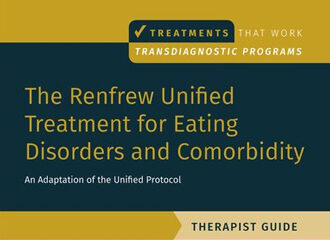Written by: Allie Miller
Published by: Pittsburgh Post-Gazette
Anorexia nervosa, anorexia athletica and an LGBTQIA+ identity: A teenage Sophia Lee-Hauser came to terms with all three at once. And the diagnoses and reckoning with her sexuality collided during a time when isolation had become devastatingly normal: the COVID-19 pandemic.
Though Lee-Hauser had family support both for coming out as a lesbian and her eating disorders, the pandemic provided significant barriers — emotional and practical, including access to treatment — pretty much from the start.
Substantial in pre-pandemic times, rates of eating disorders among LGBTQ youth likely worsened during the pandemic, experts said. Already at risk for body dysmorphia and gender dysphoria, LGBTQ youth also face the stressors of potential discrimination and a lack of acceptance, pointing to a need for treatment taking all of these factors into account.
People who identify as LGBTQ generally experience higher levels of stress and lower levels of acceptance due to their identities, said Erin Wentroble, site director of the Pittsburgh Renfrew Center in Oakland.
“They’re just kind of in the midst of a really intense emotional experience. And some folks may lean on these more maladaptive coping strategies that sometimes look like disordered eating,” Wentroble said.
Click here to read the full article.




